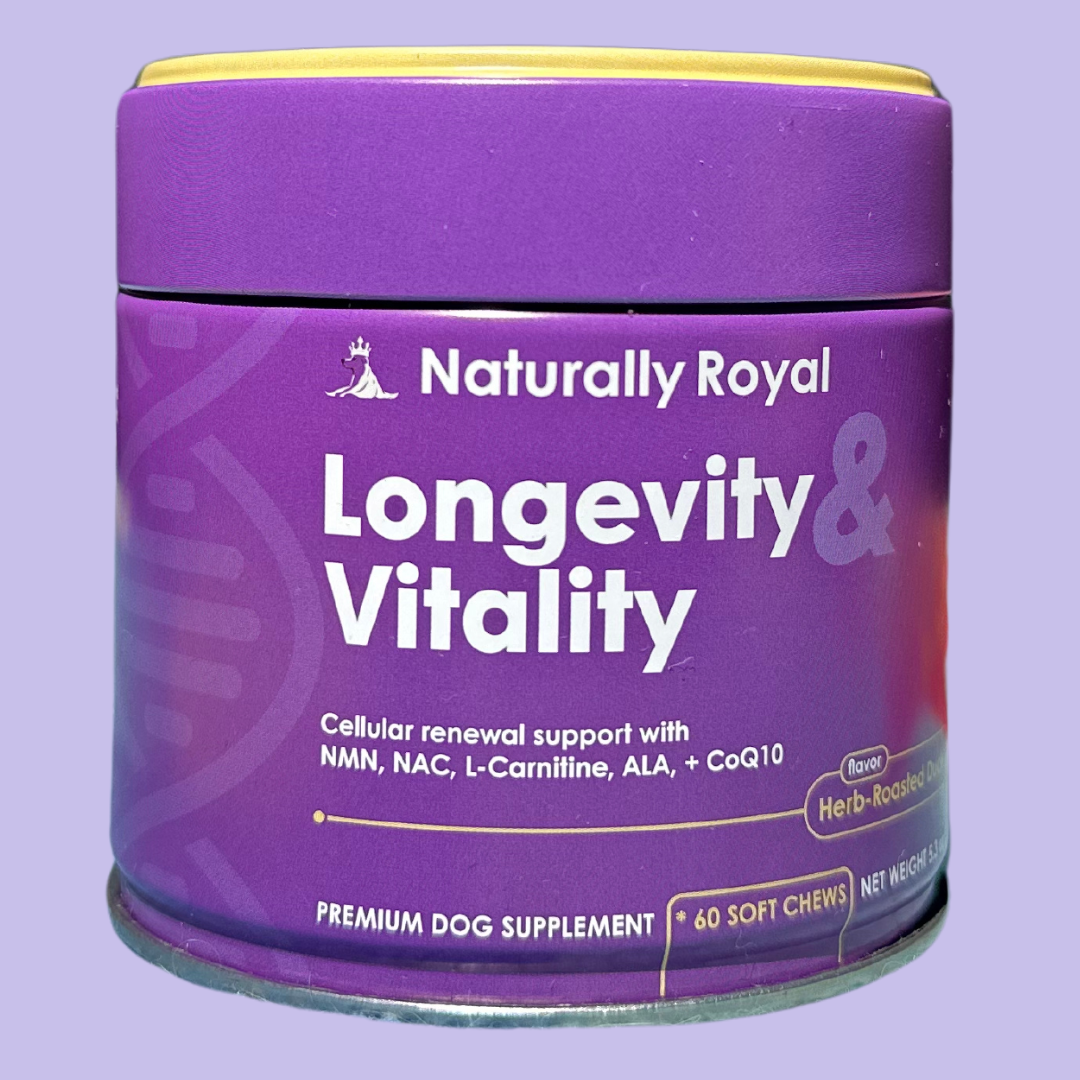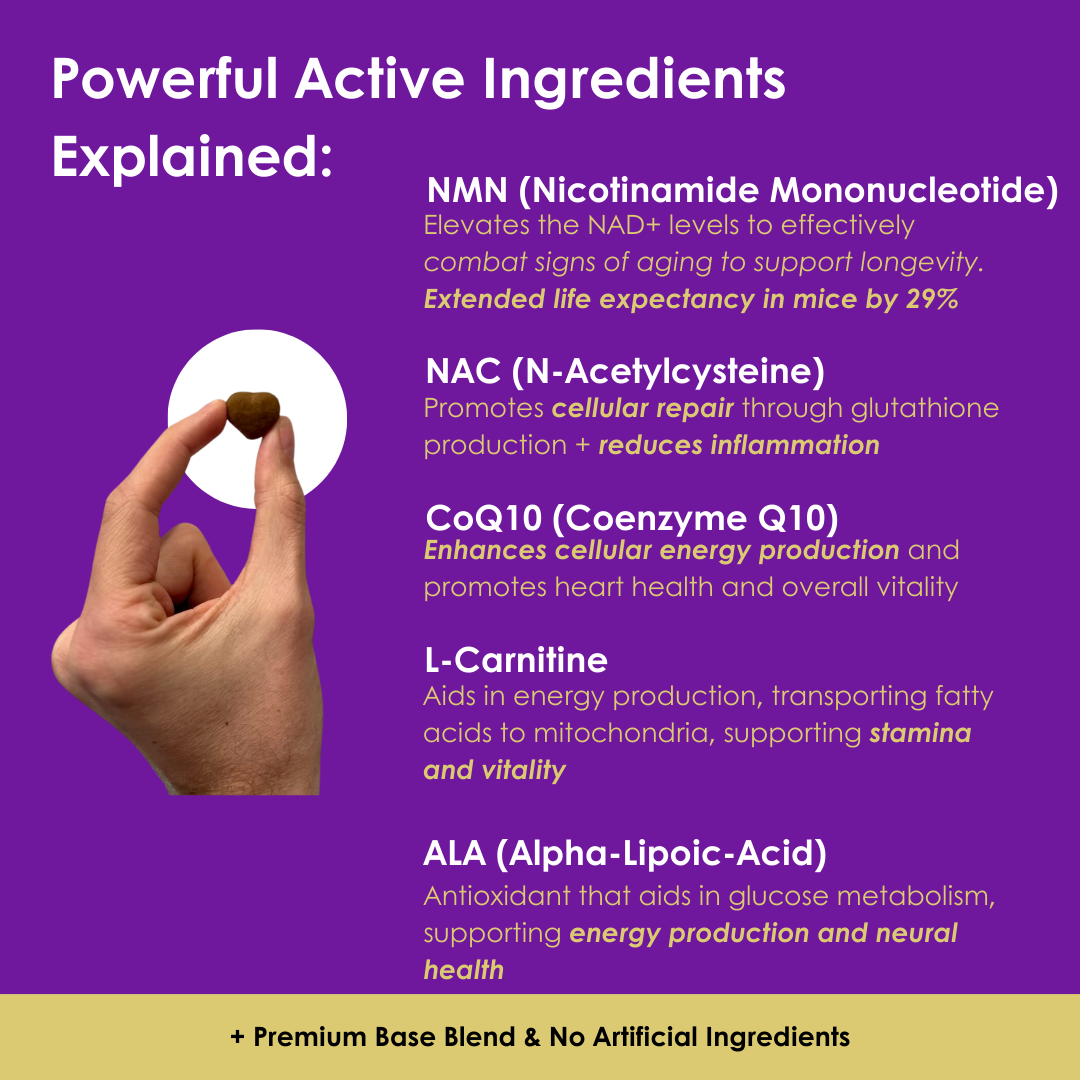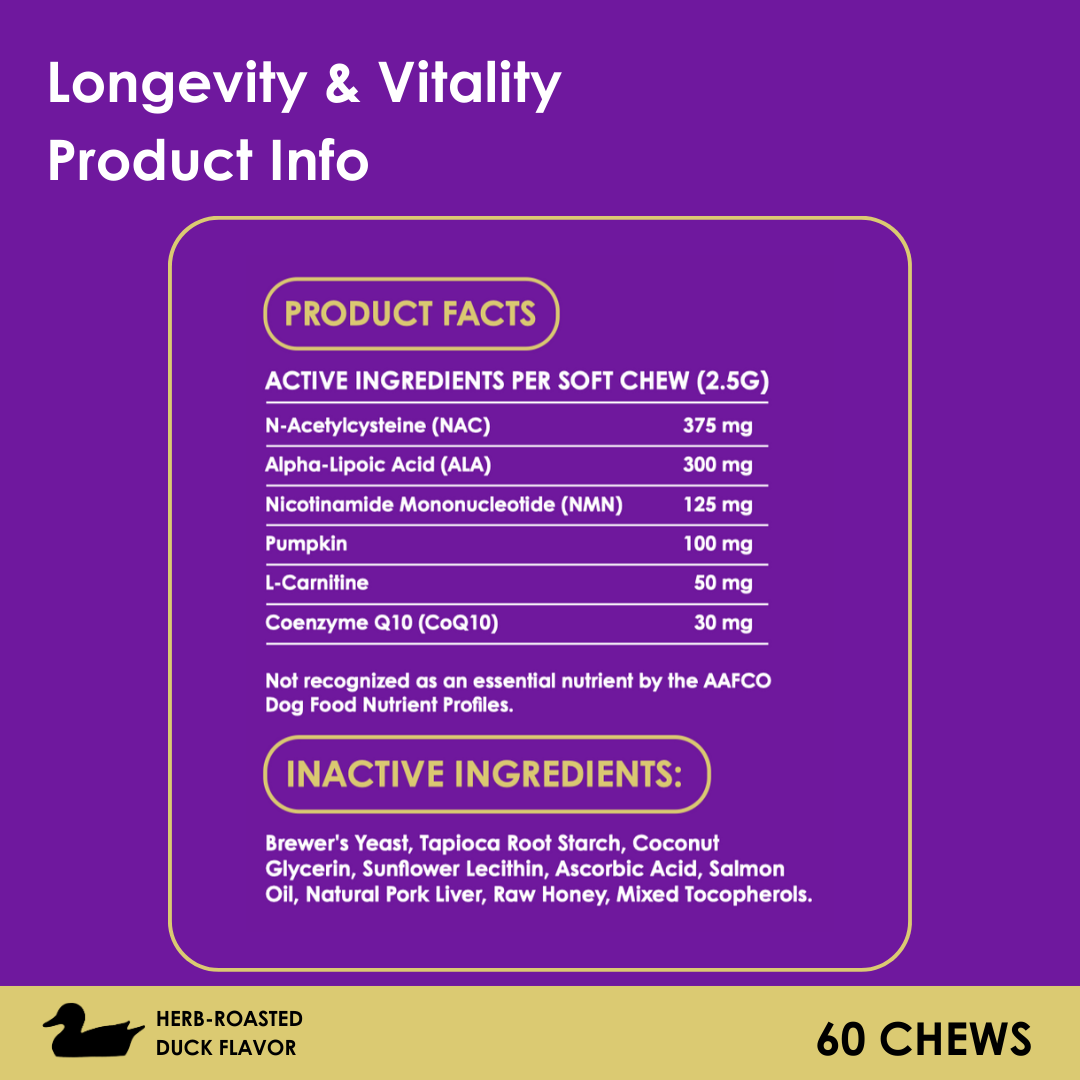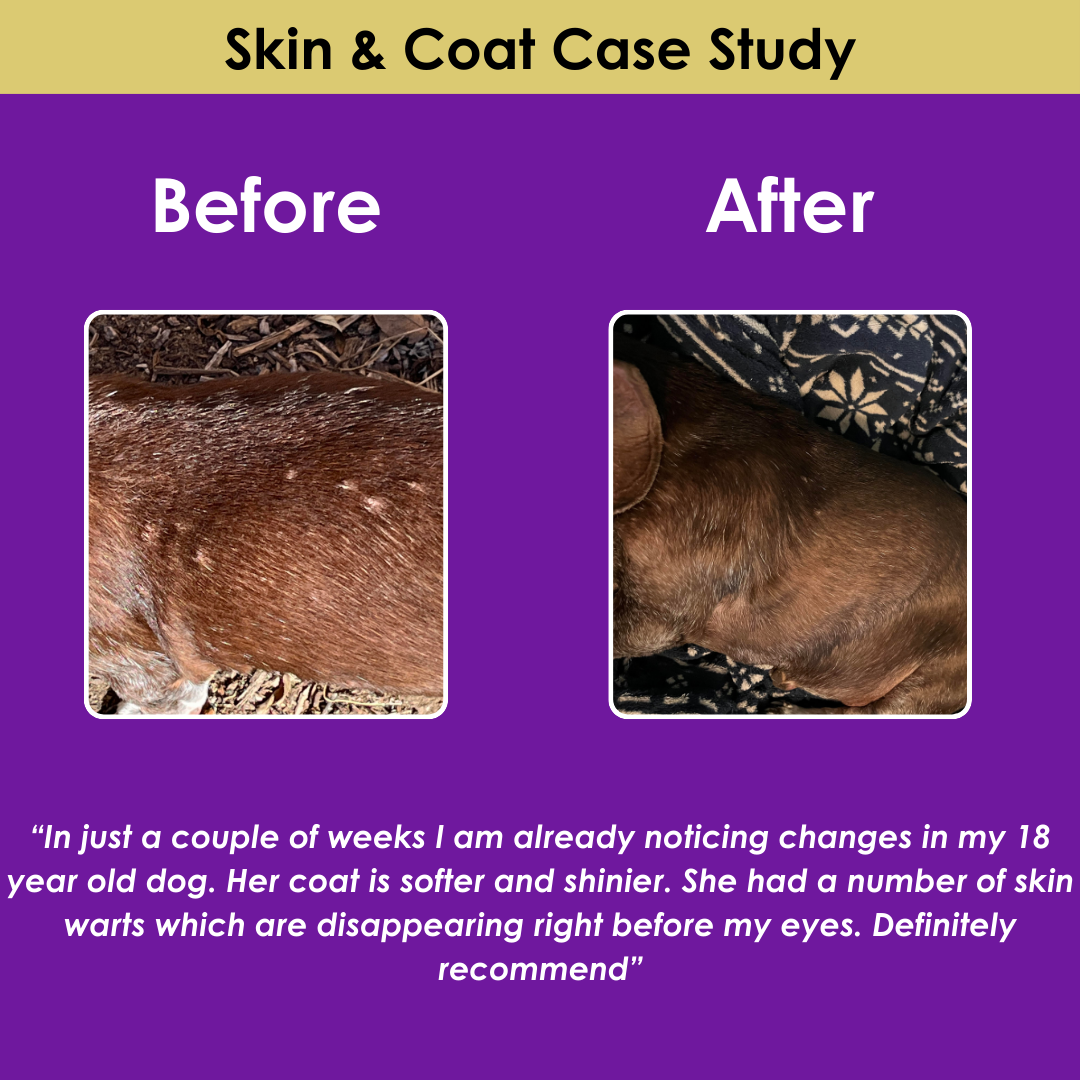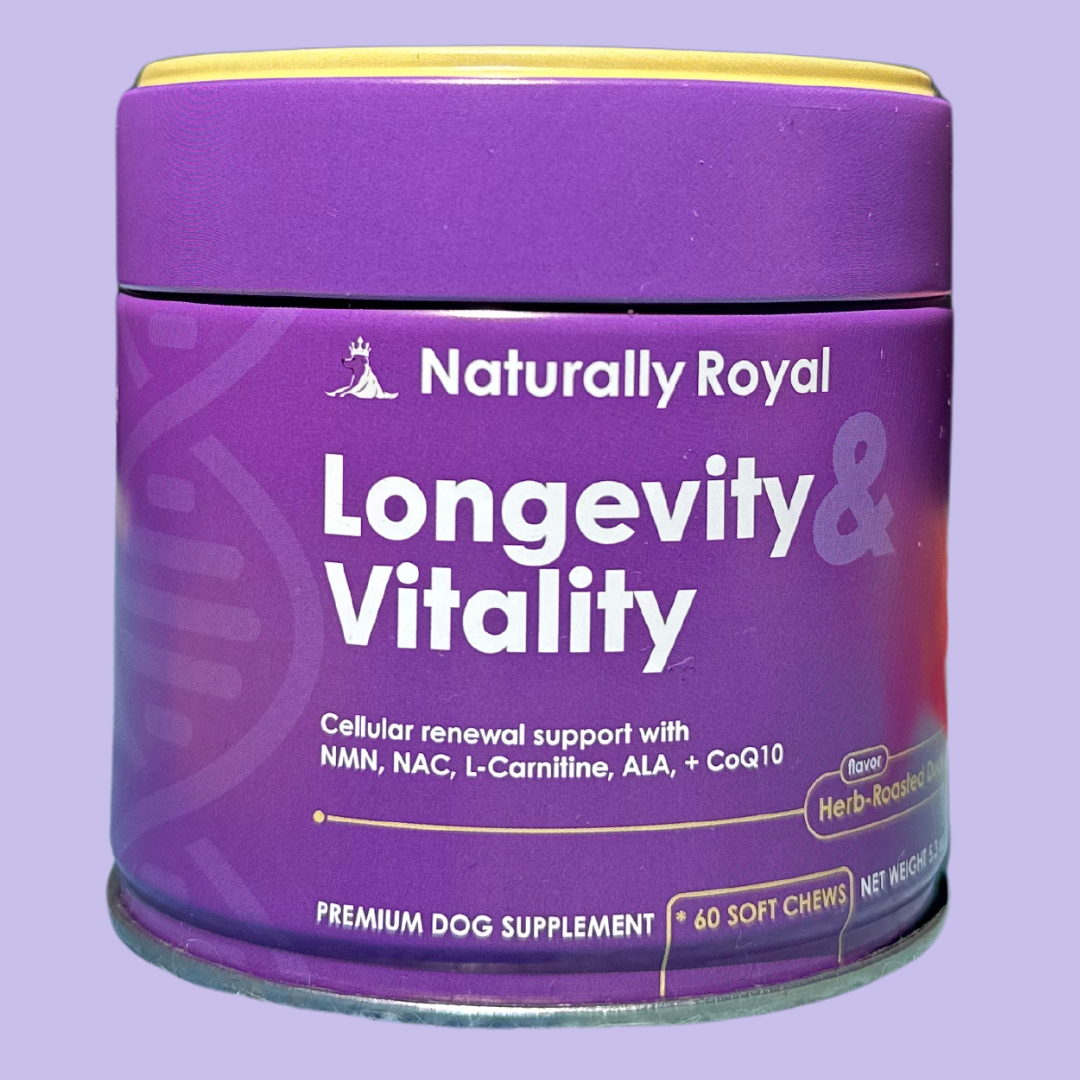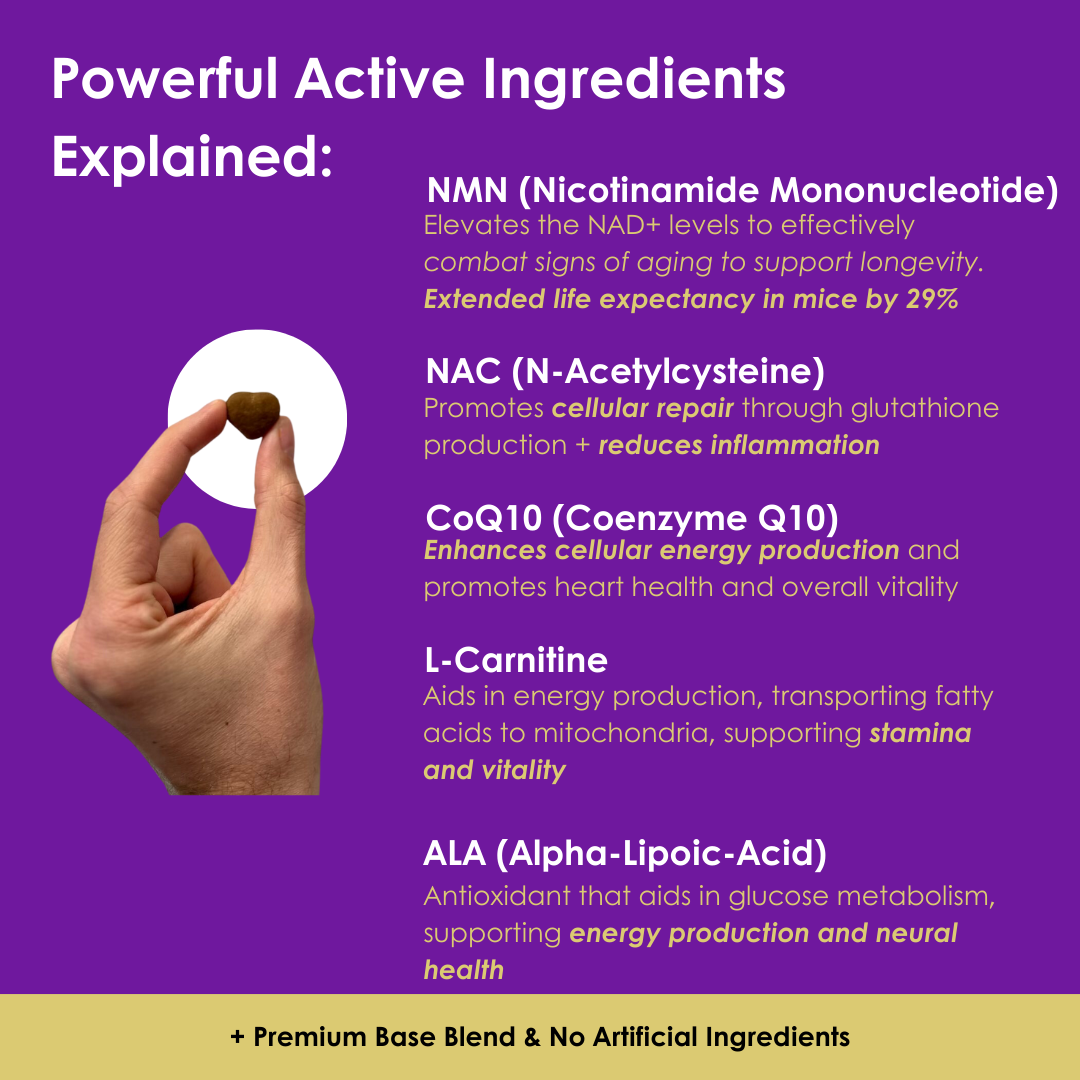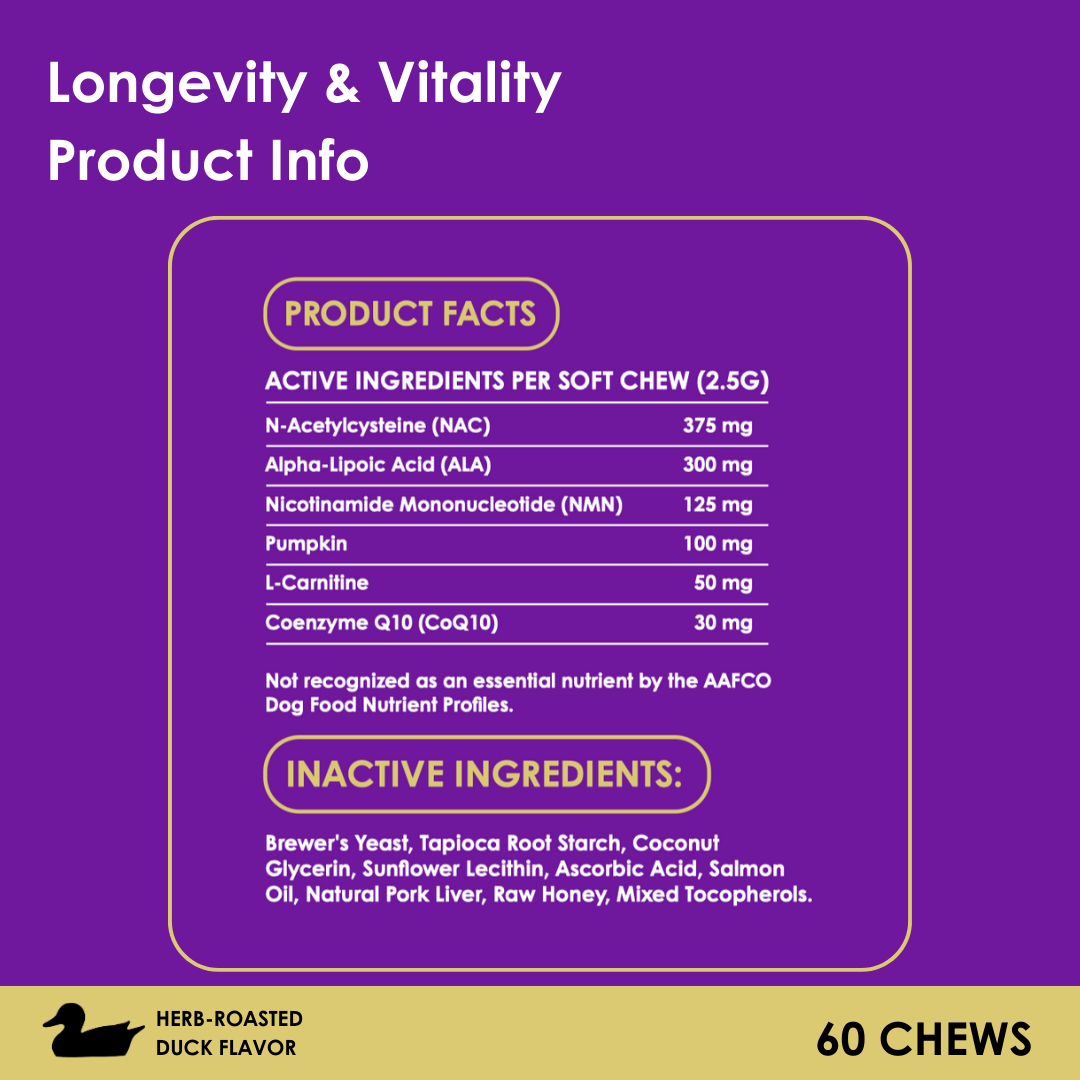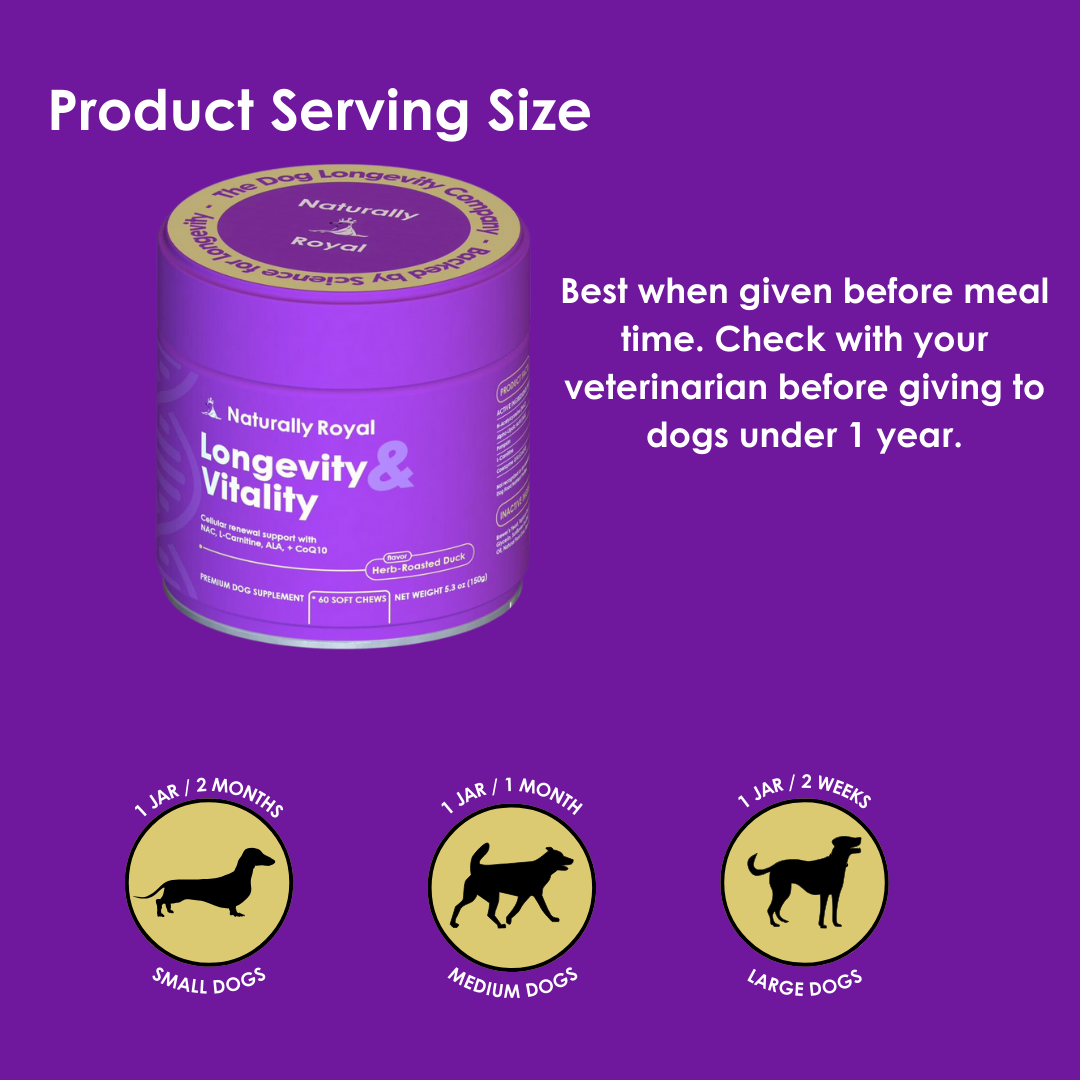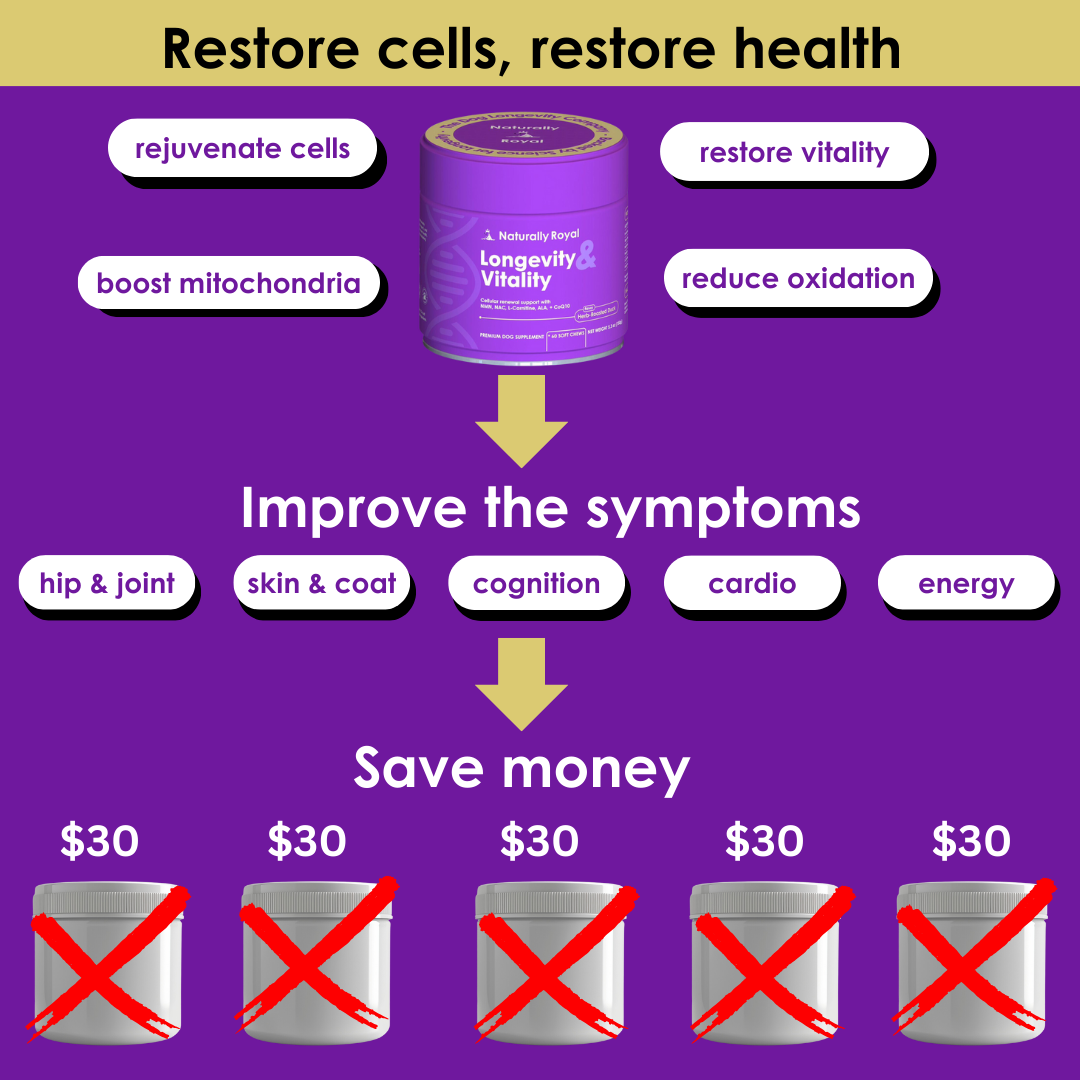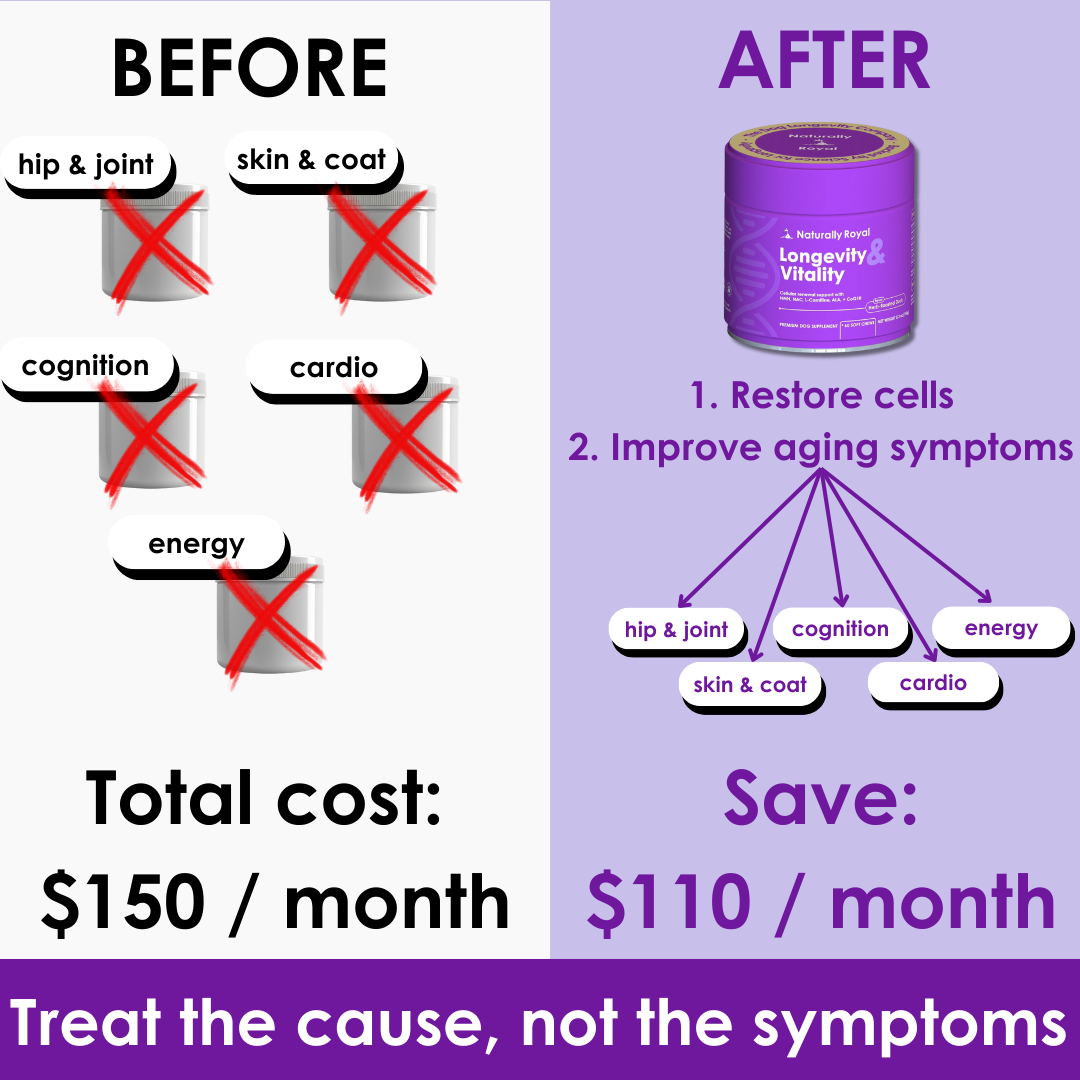How to Tell How Old Your Dog Is
Whether you've recently adopted a dog or have had your pup for a while, knowing their age is essential for providing the best care. Understanding your dog’s age helps determine their nutritional needs, exercise requirements, and the type of veterinary care they need to support a long, healthy life. But if your dog's age is unknown, you might be wondering, "How old is my dog?"
Here are some signs and methods that can help you estimate your dog’s age.
1. Check Their Teeth
One of the most reliable indicators of a dog’s age is their teeth. Veterinarians often examine a dog's teeth as the first step in determining their age.
- Puppies: If your dog still has sharp, small puppy teeth, they're likely under 6 months old. Baby teeth start to fall out at around 4 months, and by 6 months, adult teeth should be fully grown in.
- Young Adult Dogs (1-2 years): Young dogs have clean, white teeth with minimal wear.
- Middle-Aged Dogs (3-5 years): Some yellowing or tartar build-up may start to appear on the teeth, especially the back molars.
- Older Dogs (5+ years): By this stage, teeth may show significant wear, tartar, and even gum disease. Broken, missing, or loose teeth are also common in senior dogs.
While dental health can give a general idea of your dog’s age, factors like diet, dental care, and chewing habits can affect the condition of their teeth.
2. Look at Their Eyes
The eyes can also provide clues about your dog’s age.
- Young Dogs: Clear, bright eyes without cloudiness or discoloration are typical in young dogs.
- Older Dogs (6+ years): Dogs begin to develop a cloudy appearance in their eyes as they age, usually starting around 6 to 8 years old. This condition, called lenticular sclerosis, doesn’t affect vision significantly but can indicate advancing age.
3. Observe Their Coat and Skin
A dog's coat and skin condition can reveal information about their age.
- Puppies and Young Adults: Young dogs typically have soft, smooth coats, and their skin is usually tight and elastic.
- Older Dogs (5+ years): Senior dogs often develop gray or white hair, particularly around their muzzle, paws, and eyes. Their coat may become coarser or thinner with age. Older dogs may also have looser skin and more noticeable wrinkles.
4. Monitor Their Energy Levels and Mobility
Your dog’s behavior and activity levels can offer insights into their age.
- Puppies (Under 1 year): Puppies are highly energetic, playful, and often restless. They require lots of exercise and mental stimulation.
- Young Adults (1-5 years): Adult dogs tend to be active but may show more calmness compared to their puppy stage. They’re usually at their peak physical condition and energy levels.
- Senior Dogs (7+ years): Older dogs slow down as they age, showing decreased stamina and mobility. They may sleep more and be less interested in physical activity. Joint stiffness, arthritis, and difficulty getting up after lying down are common signs of an aging dog.
5. Consult Your Veterinarian
If you’ve adopted a dog with an unknown age or are uncertain about their age, a veterinarian can provide a more precise estimate. They will use a combination of factors, including your dog’s dental health, physical condition, and behavior, to give you an accurate age range.
Your vet may also use advanced tools like X-rays to examine the dog's bone growth and joint structure. For puppies, X-rays can help assess their development, while in older dogs, X-rays may reveal signs of aging, like arthritis or changes in bone density.
6. Check Their Overall Health
Various health conditions are more likely to occur in older dogs, so paying attention to your dog's health can give clues about their age.
- Young Dogs: Younger dogs are generally in good health and don’t often show chronic conditions.
- Middle-Aged to Senior Dogs: Older dogs are more prone to chronic diseases such as arthritis, heart disease, and kidney issues. You may notice signs of aging in their weight, mobility, and energy levels.
Conclusion
Understanding your dog’s age is helpful to providing them with the care they need to live a long, happy life. Puppies require different nutrition and exercise than middle-aged or senior dogs, and knowing their age allows you to tailor their care appropriately.
While dental health, coat condition, and energy levels are all helpful indicators, consulting your veterinarian is the best way to estimate your dog’s age accurately. Armed with this knowledge, you can adjust their diet, exercise routine, and veterinary care to support their long-term health and longevity. The earlier you understand your dog’s needs based on their age, the more proactive you can be in helping them live a long, healthy, and active life.


